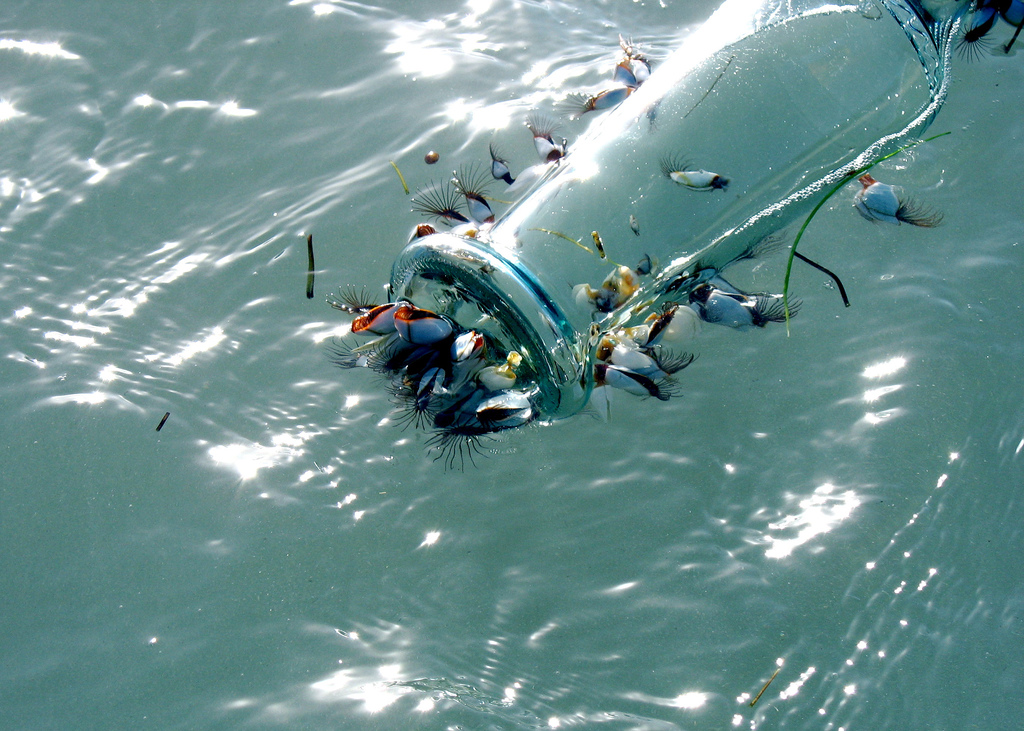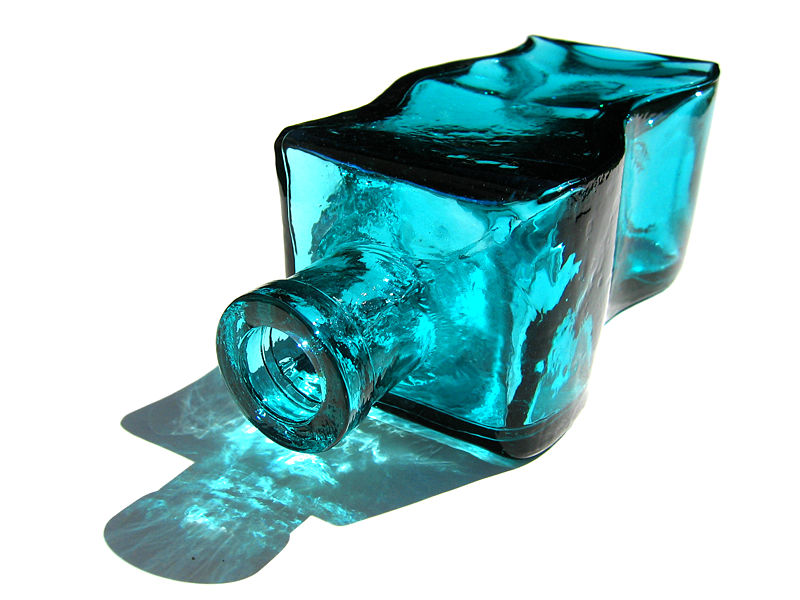 Are scientists who work with living organisms less germ phobic than civilians? When a science-writing colleague (okay: LWON’s own Ann Finkbeiner) apologized to an infectious disease specialist for giving him an insufficiently rinsed coffee cup, he responded, “Nothing in there I’m worried about.” I once watched a microbiologist cut her bagel with a butter knife after using it to pry the top off a terrarium teeming with termites, whose hindguts she’d soon slice up and examine under a microscope. Such insouciance bolsters my general sense that most of us worry way too much about getting sick from “germs.” They are definitely out there, but most of them are definitely not out to get you.
Are scientists who work with living organisms less germ phobic than civilians? When a science-writing colleague (okay: LWON’s own Ann Finkbeiner) apologized to an infectious disease specialist for giving him an insufficiently rinsed coffee cup, he responded, “Nothing in there I’m worried about.” I once watched a microbiologist cut her bagel with a butter knife after using it to pry the top off a terrarium teeming with termites, whose hindguts she’d soon slice up and examine under a microscope. Such insouciance bolsters my general sense that most of us worry way too much about getting sick from “germs.” They are definitely out there, but most of them are definitely not out to get you.
I bring this up because Ann frets not just about the sterility of coffee mugs but also about re-using water bottles, the actual subject of this post. Purveyors of bottled water don’t want you re-using their single-serve containers, made of polyethylene terephthalate (PET). “It’s not sanitary,” they say, but “It’s not profitable” is what they mean. Of course you can reuse a PET bottle – fill it with tap water, with juice, with vodka at a rock concert (how to sneak them into arenas constitutes a rich online literature). PET bottles contain neither phthalates nor bisphenol A (BPA), chemicals that have been linked with endocrine disruption, and worse. The bottles may leach antimony, especially at higher temperatures over time (you can read about it here). Antimony is used as a catalyst in the plastic-making process; it’s linked with an increase in blood cholesterol and a decrease in blood sugar. The bottles may leach low levels of other chemicals as well: the FDA says the containers are safe, but remember that the FDA’s information comes from the bottles’ manufacturers.
Low levels of possibly leaching chemicals aside, the main issue with reusing PET bottles is that bacteria from your mouth and hands can get into the bottle and grow. But is that bad? Not necessarily. Bacteria are us: there are more than ten times as many microbial cells in our bodies than there are human cells. Get over it. Most bacteria – including the majority of E. coli – aren’t harmful to healthy humans. Still, a bottle can get yucky. I let my nose be my guide. (Note: I am a healthy adult with a good sniffer.)
Now: if Ann has access to good tap water (possibly filtered), why isn’t she filling a reusable bottle that’s sturdy, nontoxic, and easy to clean occasionally with a bottlebrush, warm water, and soap (soap that doesn’t contain antibacterial ingredients)? Ann will save money. Ann will prevent carbon emissions and other pollution from transporting water from source to bottling plant to distribution center to store and home, and from producing and recycling the bottle. Ann will, it is to be hoped, become more mindful as she remembers to bring her water bottle (along with her reusable bag) when she leaves the house.
What kind of bottle should Ann use? Glass is good (no harmful chemicals; not made from a diminishing resource; inert in a landfill if not recycled). Many people like stainless steel bottles (highly recyclable); others prefer aluminum bottles with non-leaching food-grade epoxy liners. There are gazillions of hard polycarbonates bottles out there. Before scientists, mommy bloggers, and the media started scrutinizing BPA, many hard plastic bottles contained the plasticizer, which has been shown to leach. (Canada and the EU have banned BPA in baby bottles and toys.) But these days it’s easy to find BPA-free polycarbonate bottles. (Is the BPA replacement Tritan, any less toxic? Independent studies haven’t been conducted because Eastman won’t reveal its ingredients.)
Bottom line: Buying a disposable bottle of water now and then isn’t the worst thing in the world. And re-using the bottle, before recycling it, won’t kill you.
_____
Elizabeth Royte is the author of Bottlemania: How Water Went On Sale and Why We Bought It; Garbage Land: On the Secret Trail of Trash; and The Tapir’s Morning Bath: Solving the Mysteries of the Tropical Rain Forest. Her writing on science and the environment has appeared in Harper’s, National Geographic, Outside, The New York Times Magazine, and other national publications.
Credits:
bottle with barnacles: Ben Lawson; blue bottle: Matthew Bowden
I am so grateful to know that the worst effects of reusing my water bottle are likely to biological, not chemical. But here’s the problem: my bottle is just one I got out of a machine and all it talks about it how pure and wondrous the water is, nowhere does it actually tell me what it’s made of. How to find out? Save me, Elizabeth!
Thanks for this, Elizabeth. I always assumed that manufacturers warn against re-using disposable water bottles because of harmful chemicals leaching into the water. Good to know the worry is just bacteria (which don’t concern me as much). You may not know the answer to this, but I also reuse the plastic containers that takeout food comes in. Are those safe? I don’t microwave them, but should I not be filling them with piping hot soup? Do high temps generally cause more leaching when it comes to plastic?
Ann: A clue to the plastic type is the recycling code stamped on the bottom. Water and sodas and the like come in #1 plastic, which is made of PET. The American Chemistry Council has a site that tells you what the codes stand for:http://www.americanchemistry.com/s_plastics/bin.asp?CID=1102&DID=4645&DOC=FILE.PDF
As for learning about additives (like antimony) to these polymers that might or might not leach…most of that information is proprietary. Maddening, no?
Cassandra: I’m not an expert on leaching, but environmental-health groups say food-storage containers marked 2, 4 and 5 are your safest bets. And yes, higher temperatures are more conducive to leaching than lower temperatures. Don’t microwave in plastic!
I have come to learn that the worst rimed for reusing water battles are likely biological and not chemical.
To the best of my knowledge, most of the battles don’t actually tell what they are made of, so how can you find out?
Great writing. This is what usually I don’t take my time also to know what my bottle water is made up of. Thanks for inspiring me with that wonderful and great ideas. credibly helping.